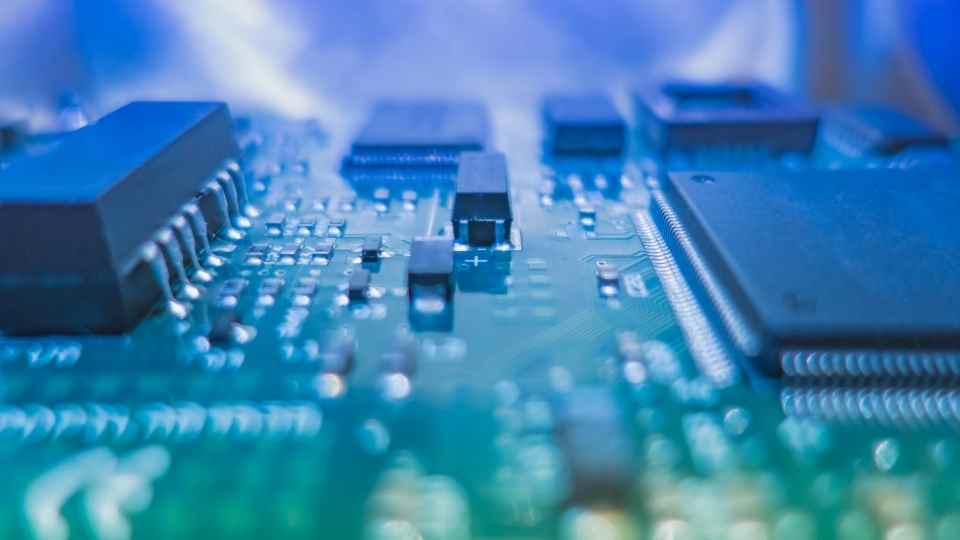The introduction of 3D integration technology is reshaping the landscape of mobile devices, allowing manufacturers to achieve unprecedented levels of efficiency and performance. Erik Hosler, an expert in semiconductor advancements, highlights the transformative potential of 3D packaging in mobile technology, where space is at a premium and power demands continue to rise. By stacking layers of circuitry vertically, 3D integration makes it possible to embed greater processing power into increasingly compact devices, ultimately benefiting consumers with faster, more efficient smartphones, tablets, and wearable tech.
Enhanced Processing Power in Compact Spaces
One of the primary advantages of 3D integration in mobile devices is the ability to boost processing power without expanding the physical footprint. With traditional 2D layouts, designers faced limitations in how much power and functionality could be packed into a slim device.
In contrast, 3D stacking allows multiple layers of processors and memory to be connected vertically, significantly increasing processing capacity. This configuration enables devices to handle more complex tasks, such as real-time AI processing, augmented reality (AR), and advanced gaming, without compromising speed or responsiveness.
Improved Energy Efficiency for Extended Battery Life
3D integration also plays a crucial role in improving energy efficiency in mobile devices. By reducing the distance that data must travel between chip layers, 3D designs minimize energy consumption, allowing mobile devices to operate more efficiently. This energy savings translates directly to longer battery life, a feature highly valued by consumers who rely on their devices throughout the day.
Additionally, 3D chips are designed to manage power usage more effectively, ensuring that resources are directed where they’re needed most. This improvement is especially beneficial for battery-intensive applications, allowing users to enjoy extended usage without frequent recharging.
Enhanced User Experience with Faster Performance
For consumers, the impact of 3D integration is most noticeable in the enhanced user experience. Devices powered by 3D chips offer faster response times, smoother multitasking, and a noticeable reduction in latency, which is essential for applications that require real-time processing.
Erik Hosler recognizes that “PsiQuantum is building a utility-scale, fault-tolerant quantum computer with a silicon photonics-based architecture that enables manufacturing in a conventional silicon chip foundry.” highlighting how innovations in chip manufacturing are contributing to the rapid advancements we see today. With these improvements, users experience seamless interaction with their devices, whether streaming media, gaming, or navigating complex apps.
A New Era of Powerful, Portable Devices
As 3D integration technology continues to evolve, the possibilities for mobile devices are expanding. By enabling higher processing power, energy efficiency, and compact design, 3D packaging is laying the groundwork for a new generation of powerful, portable technology. This shift not only benefits consumers but also pushes the boundaries of mobile innovation, setting a new standard for what devices can achieve in compact, user-friendly formats.
